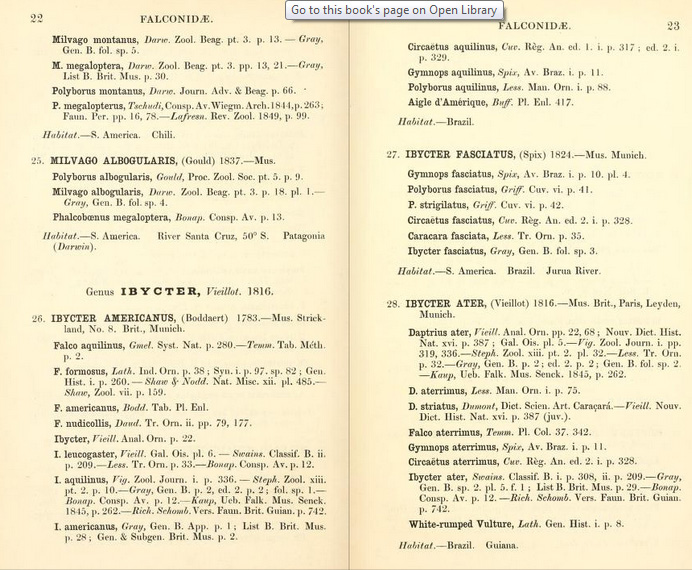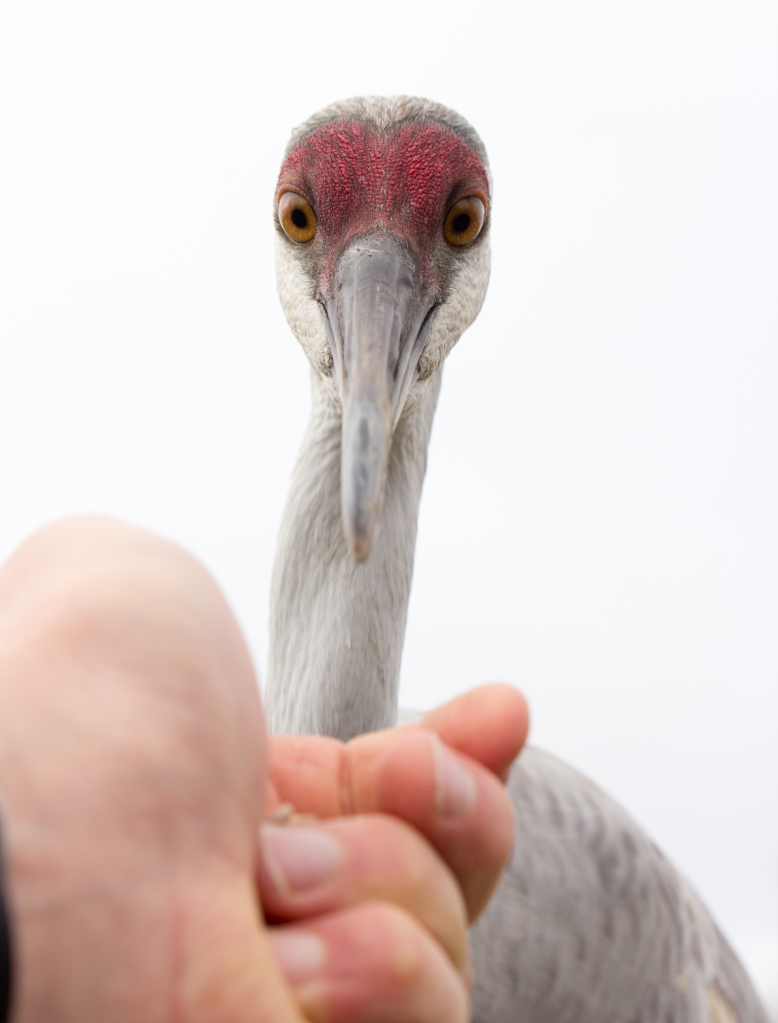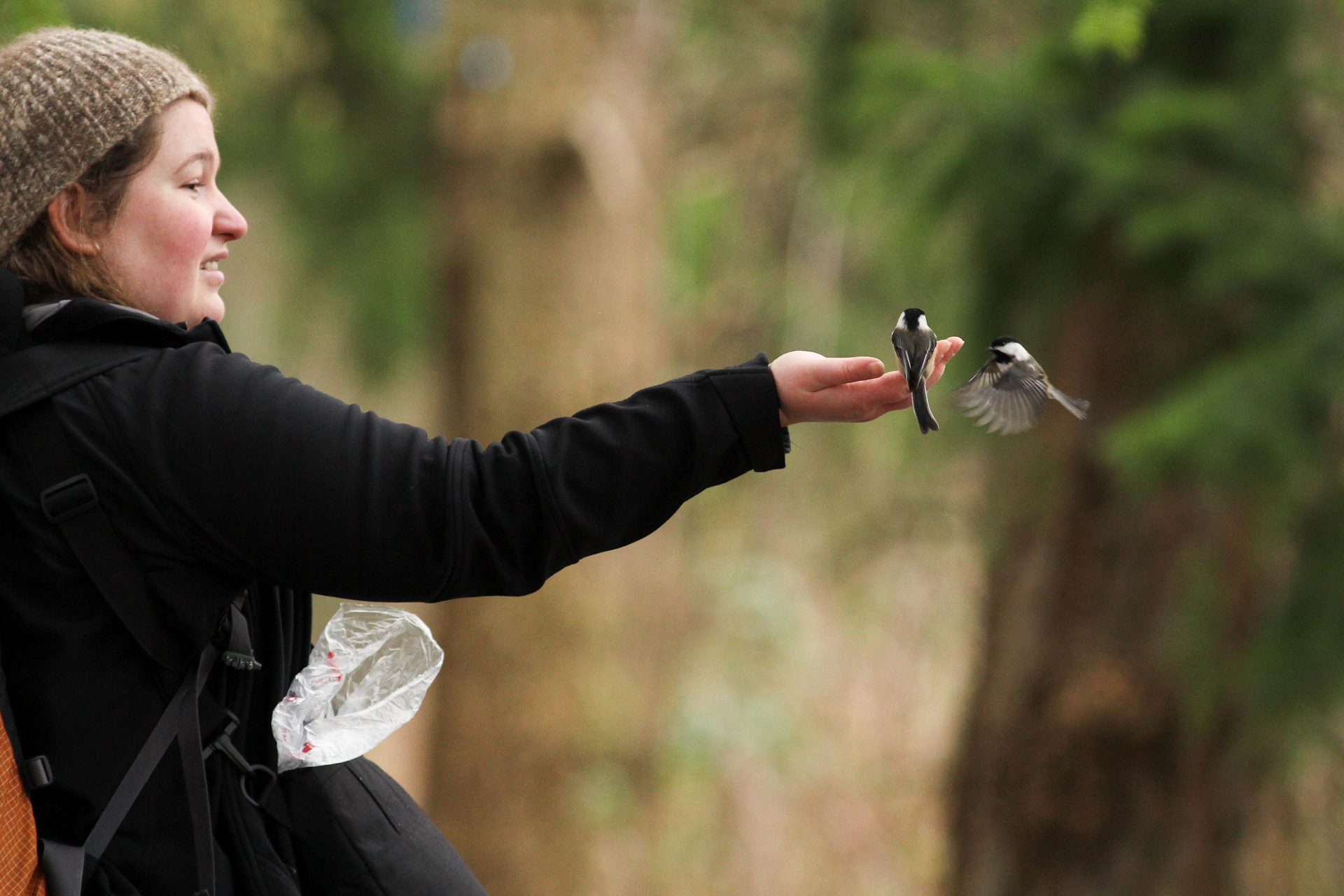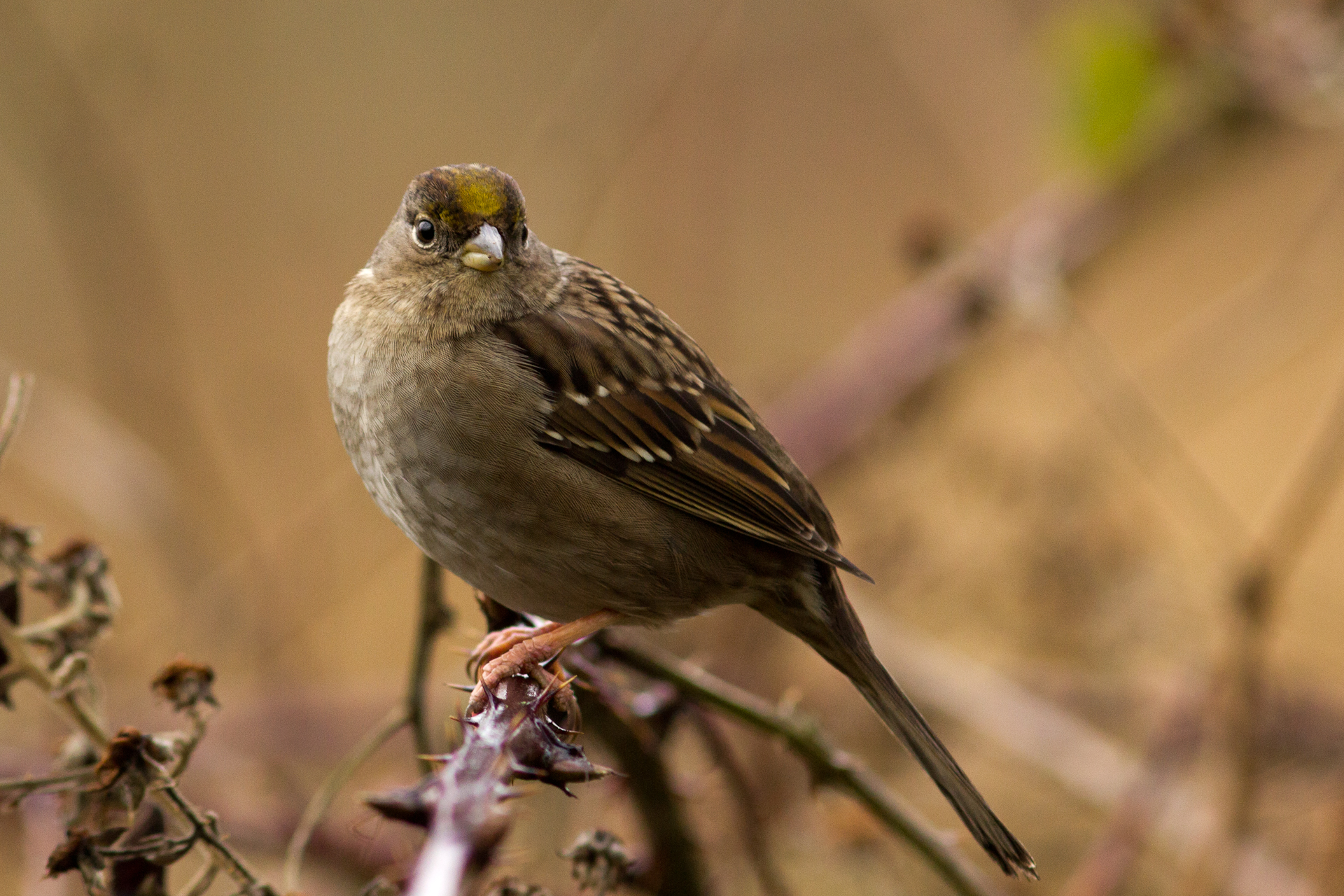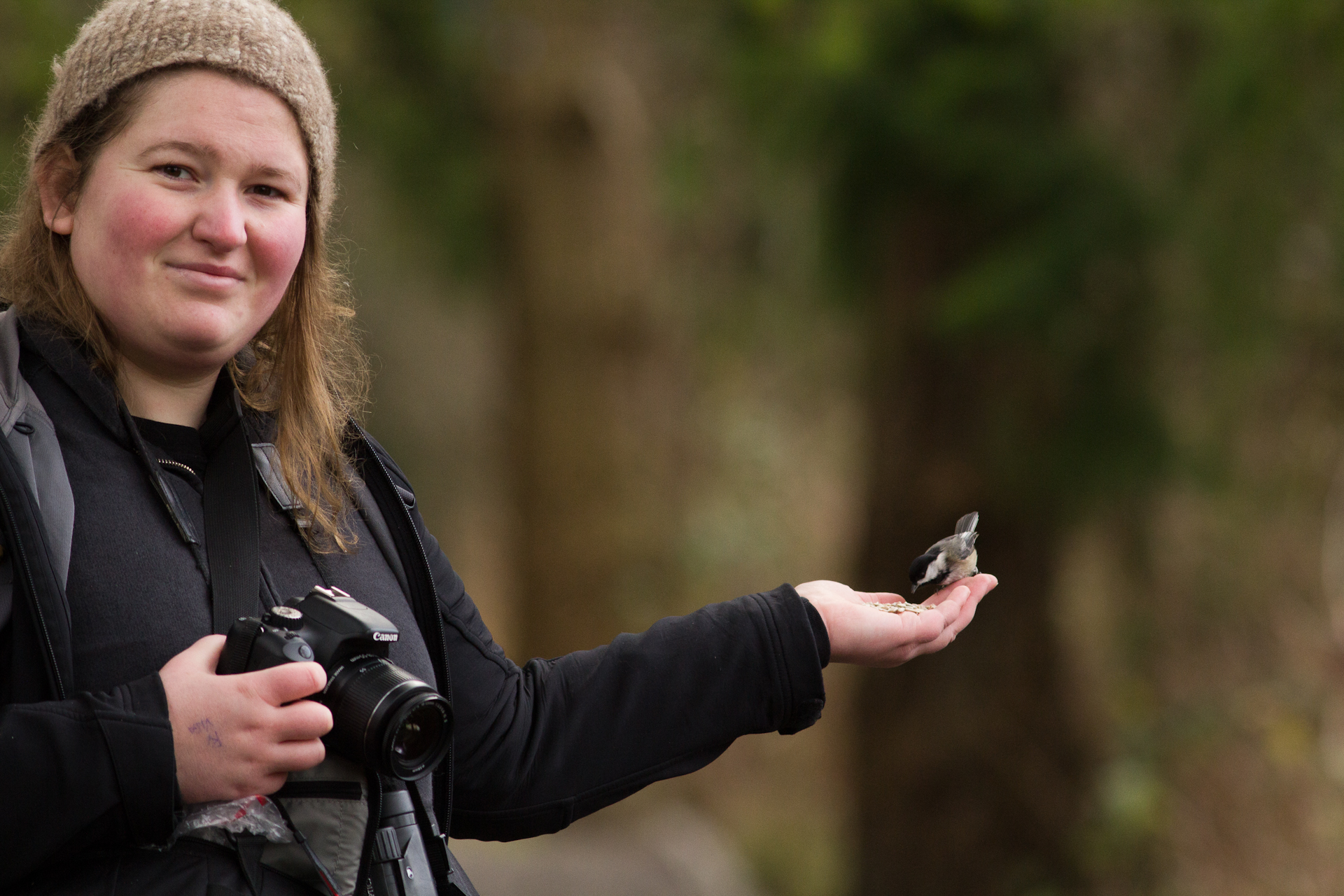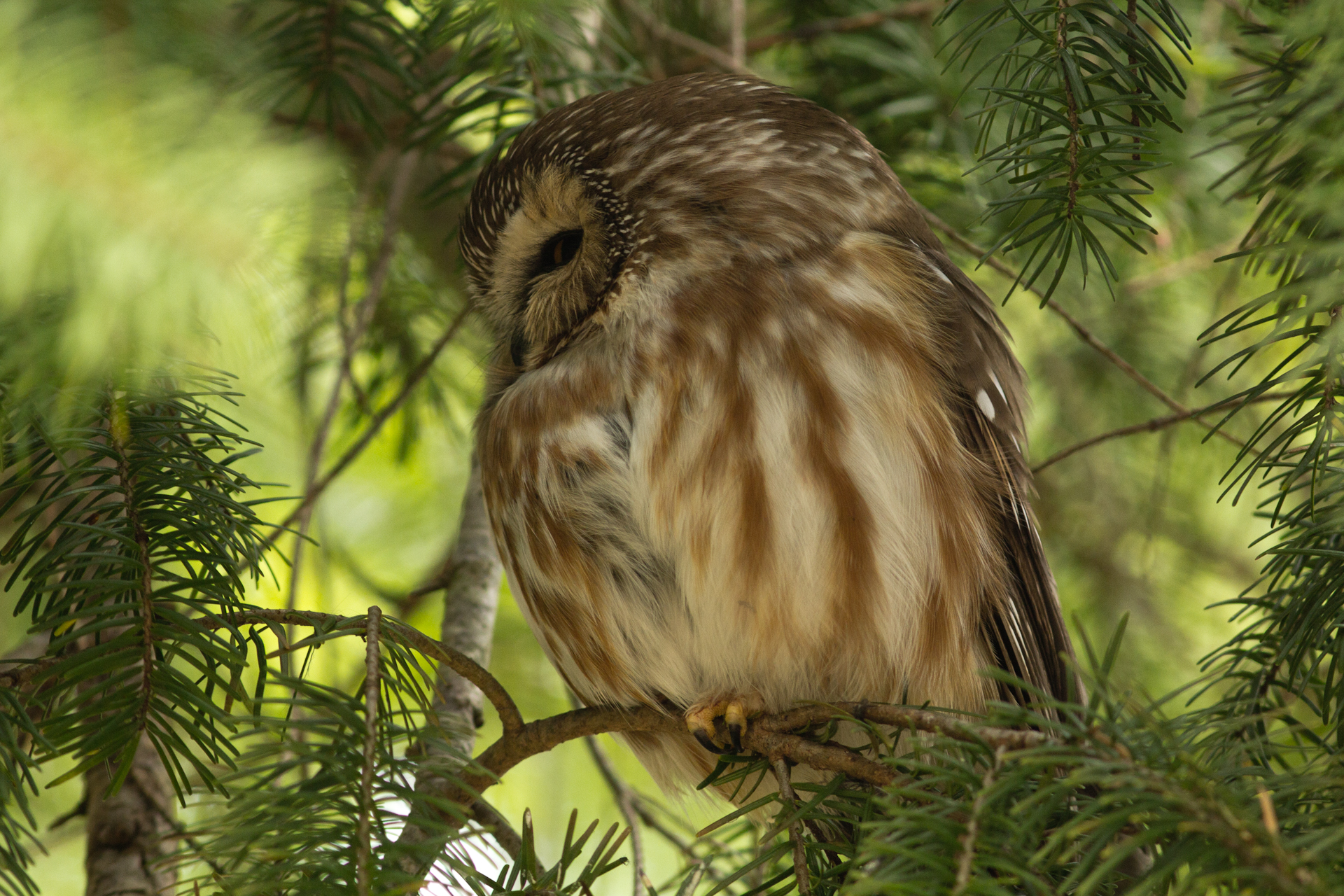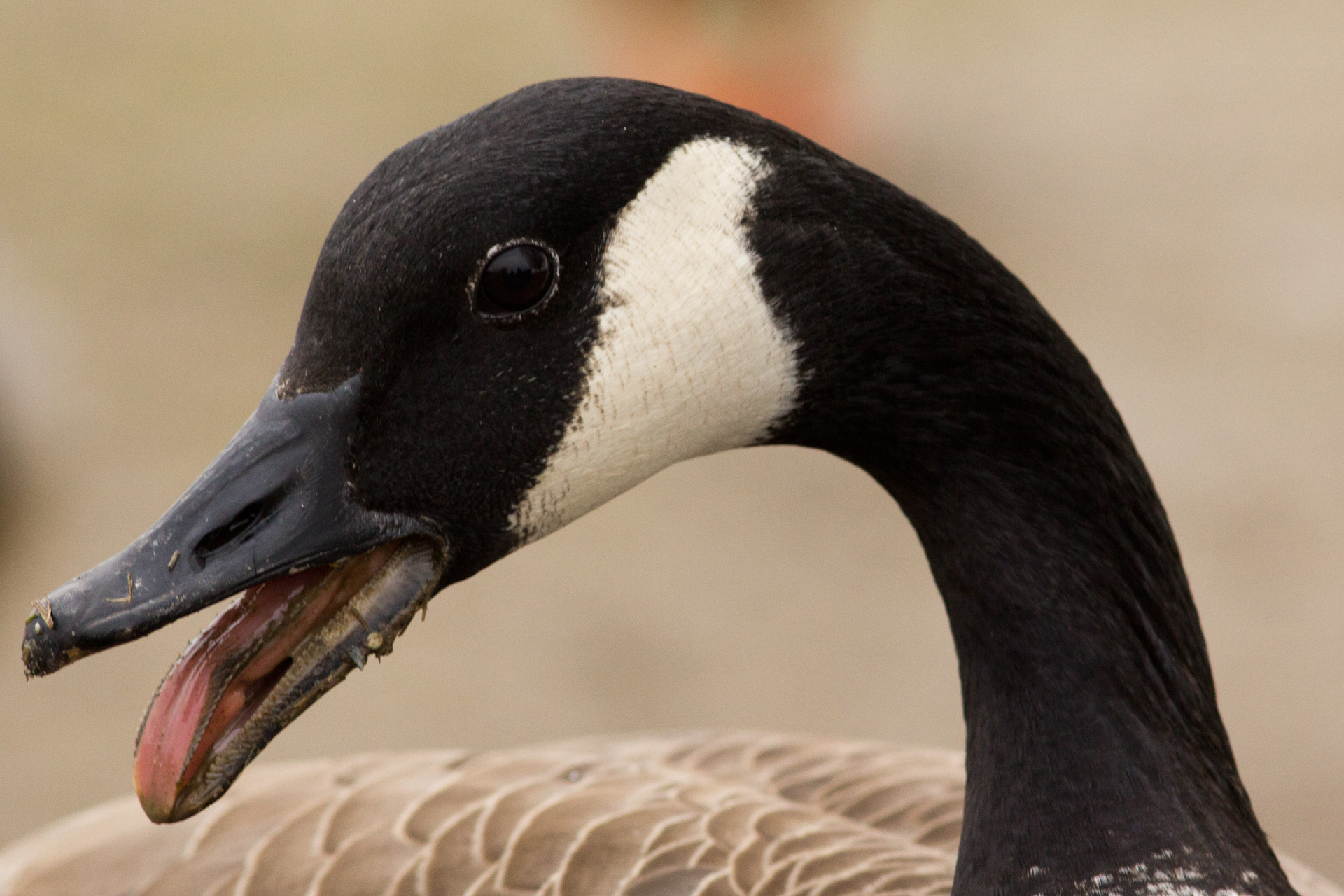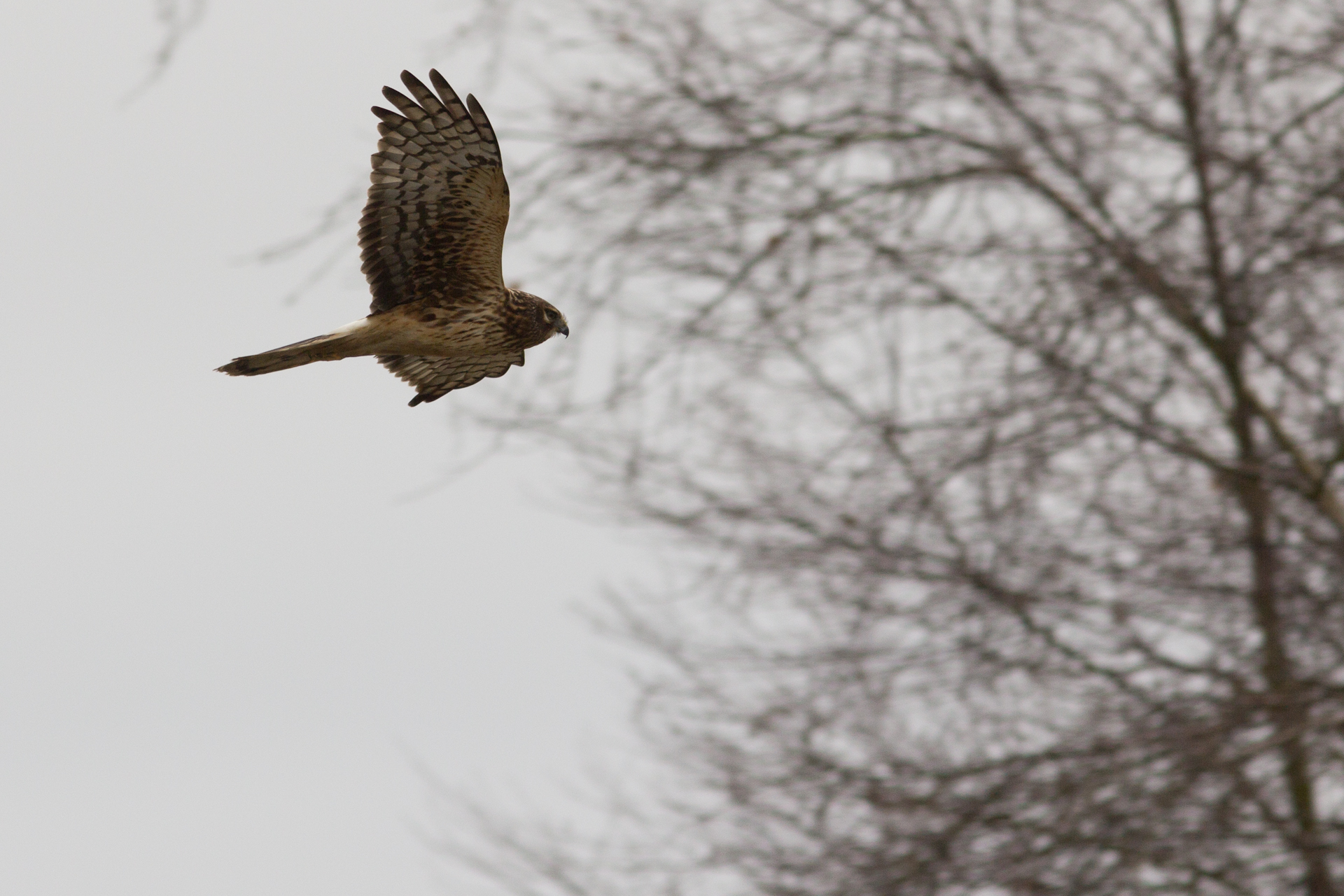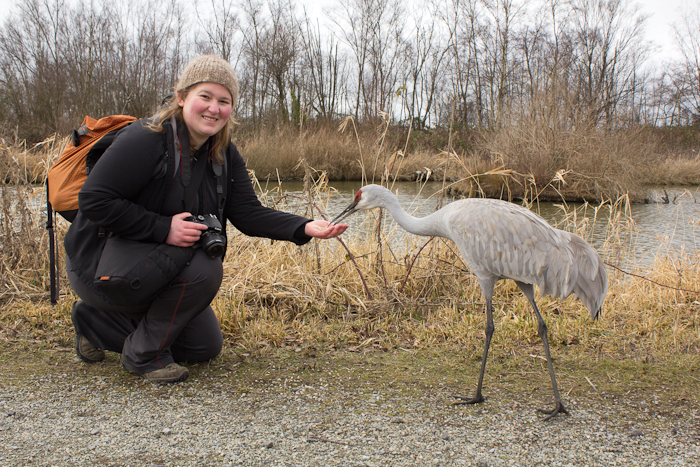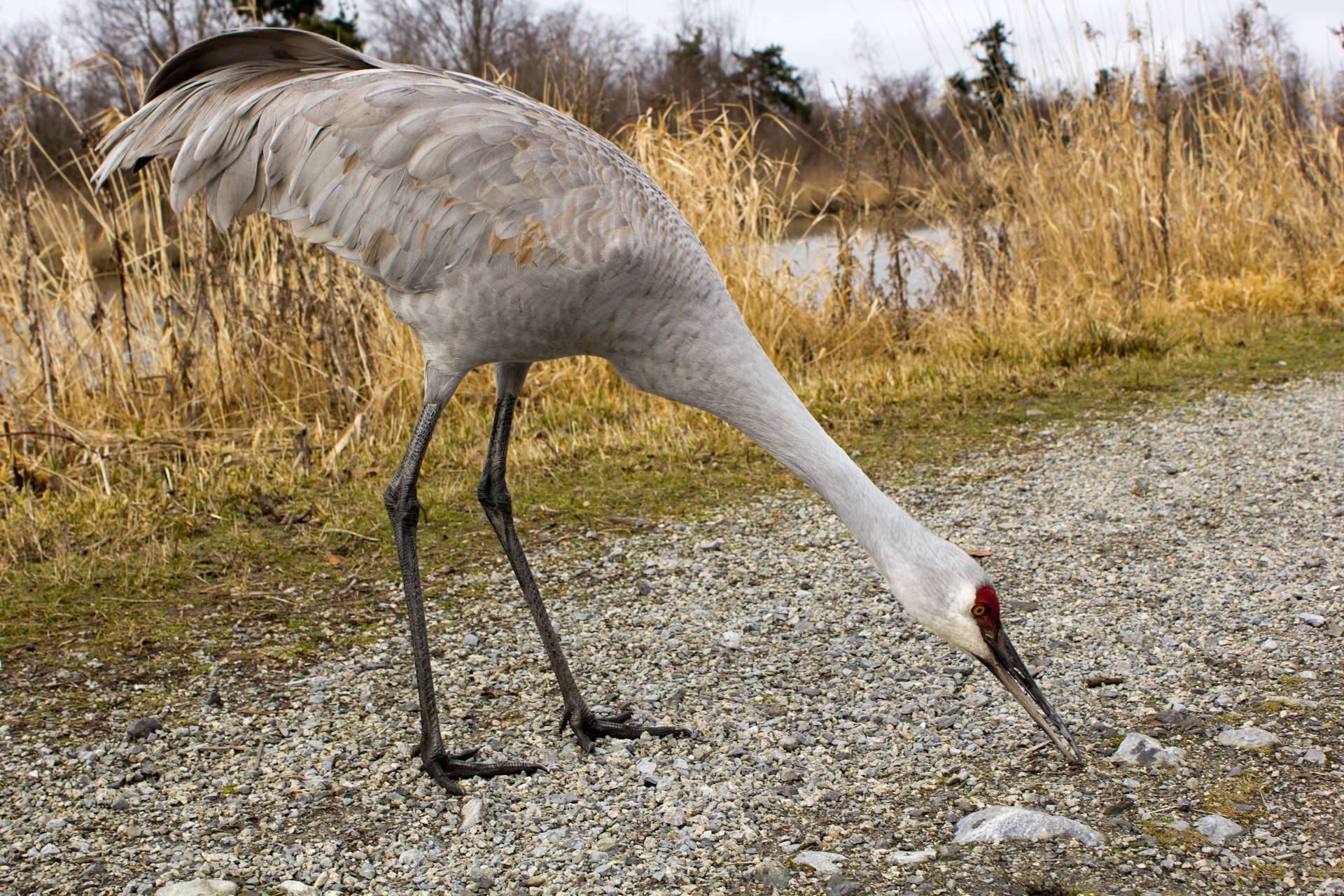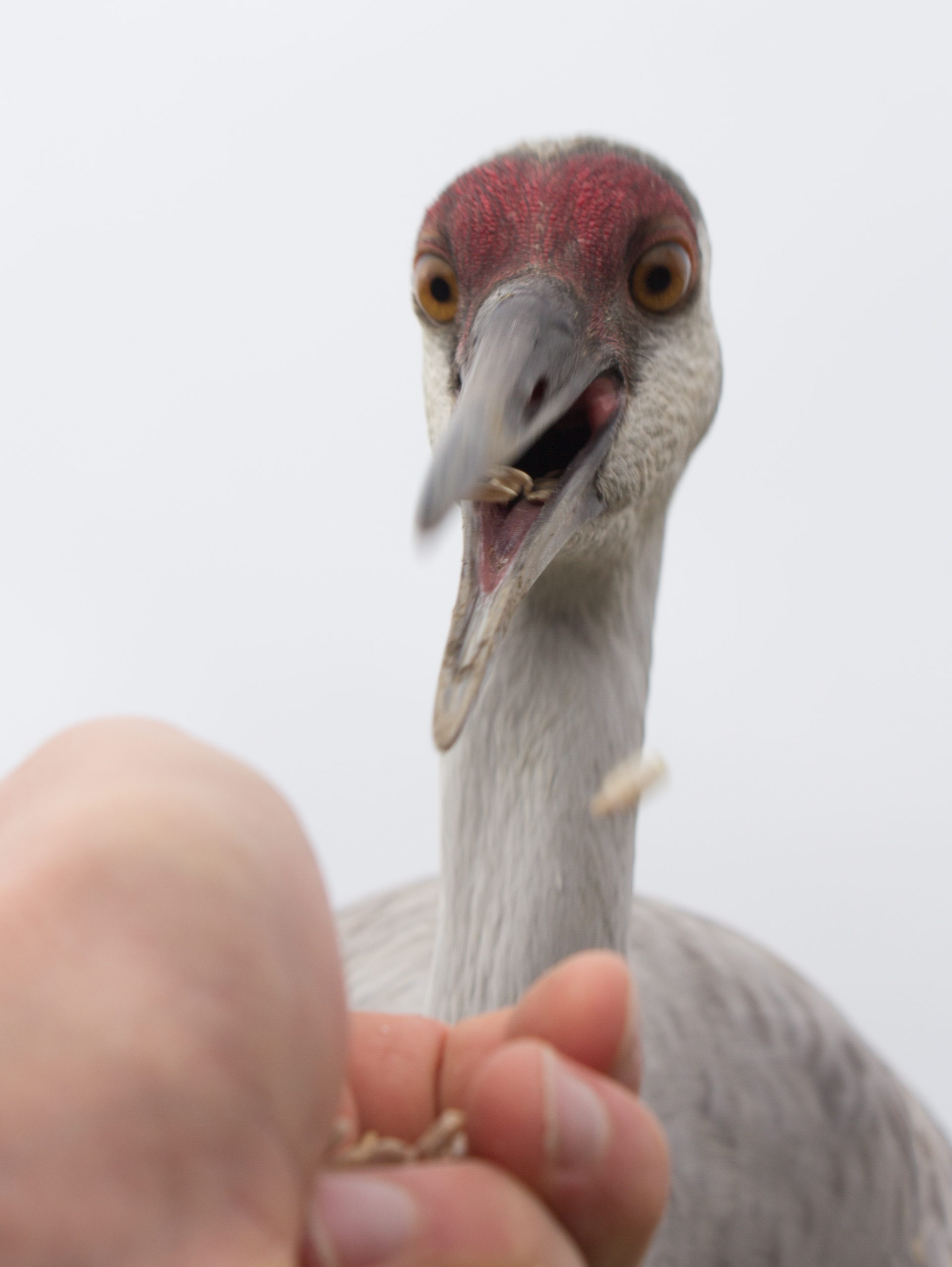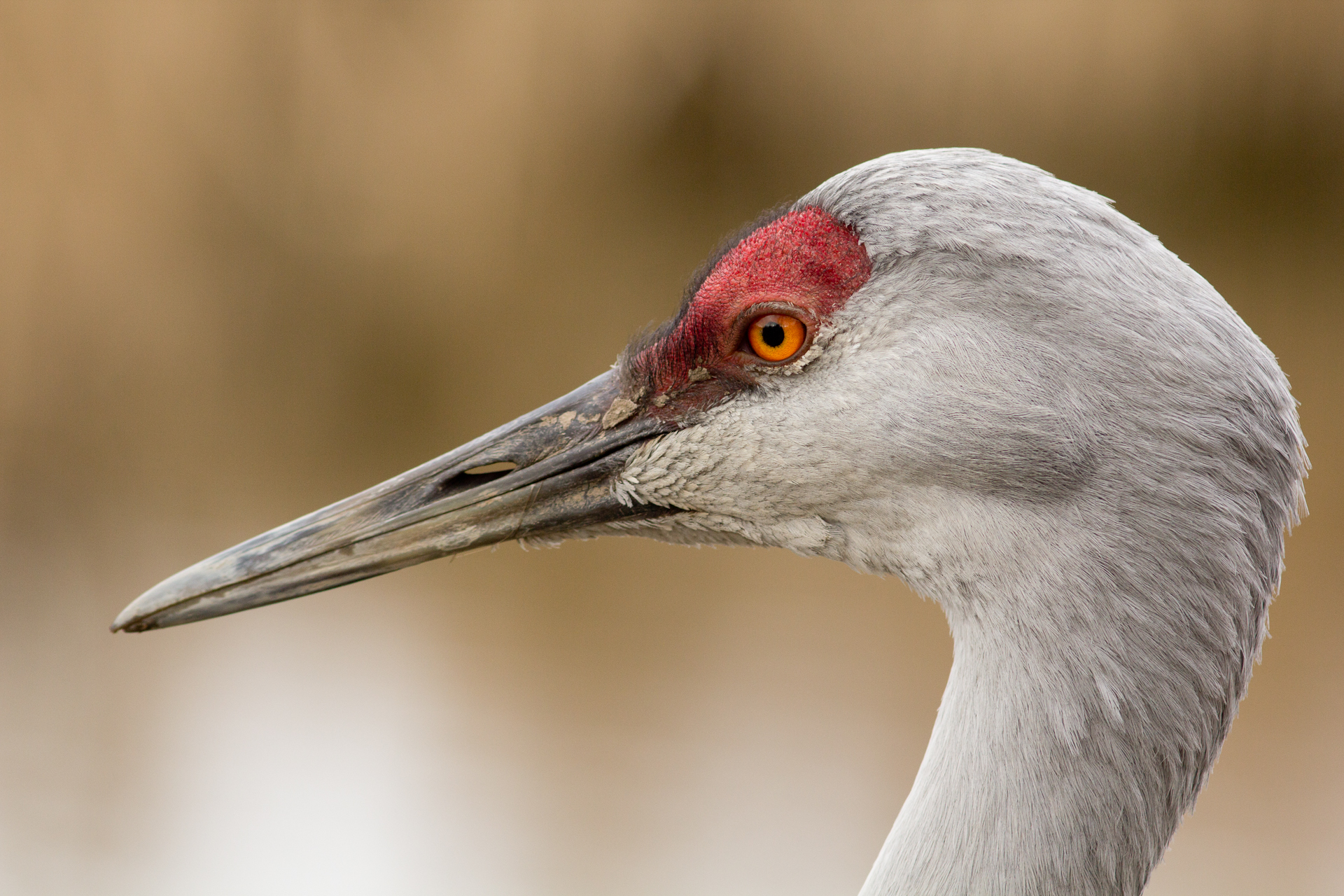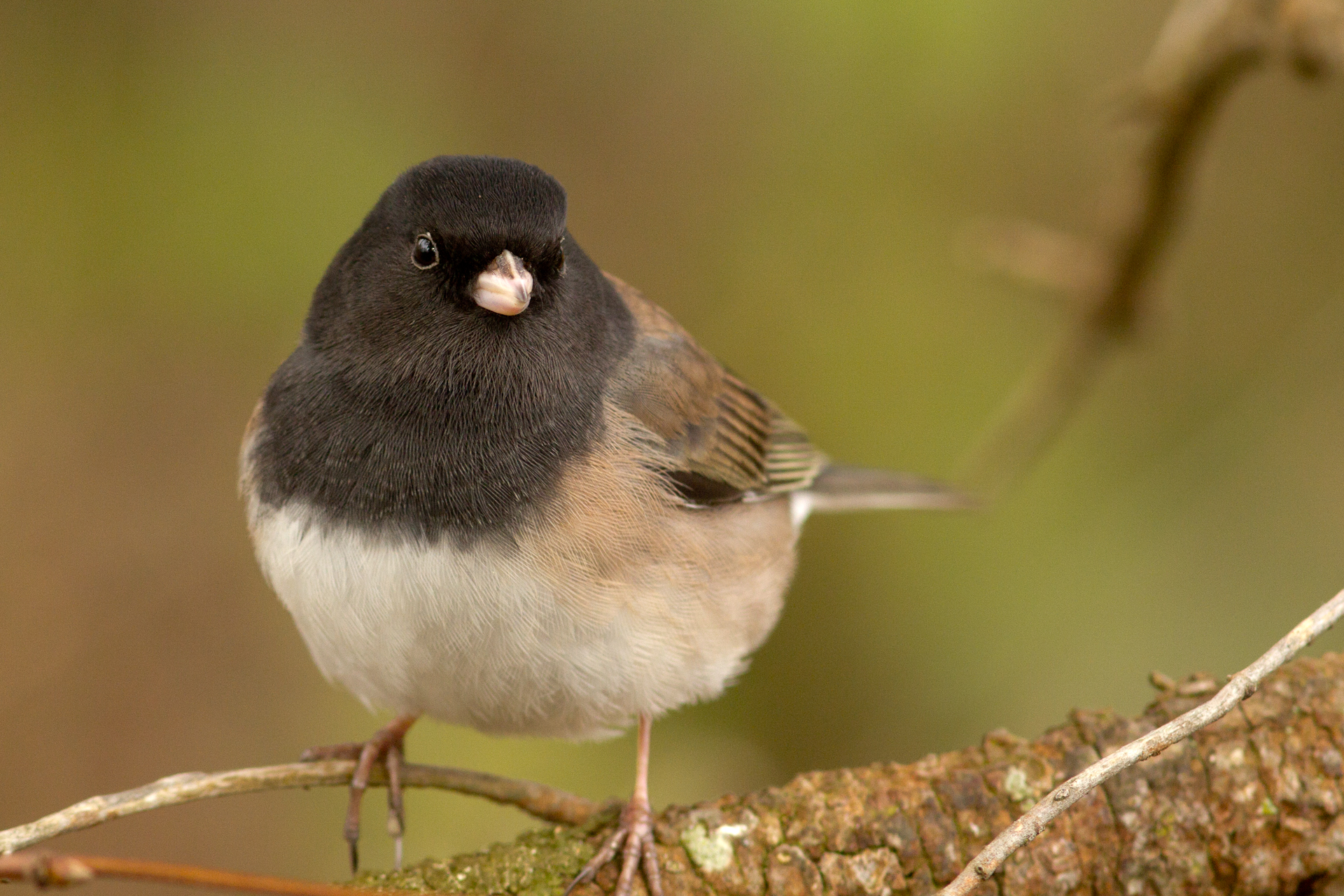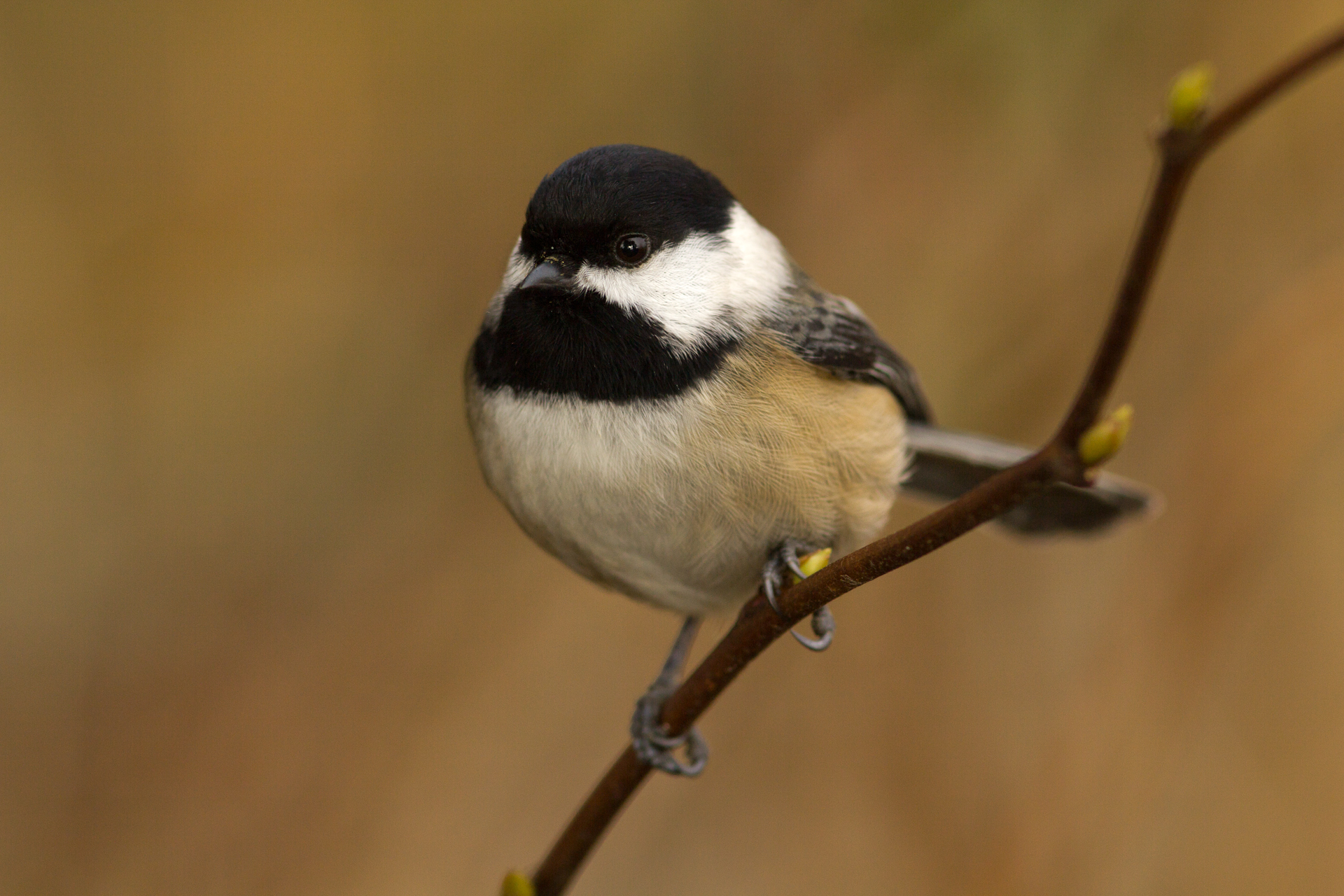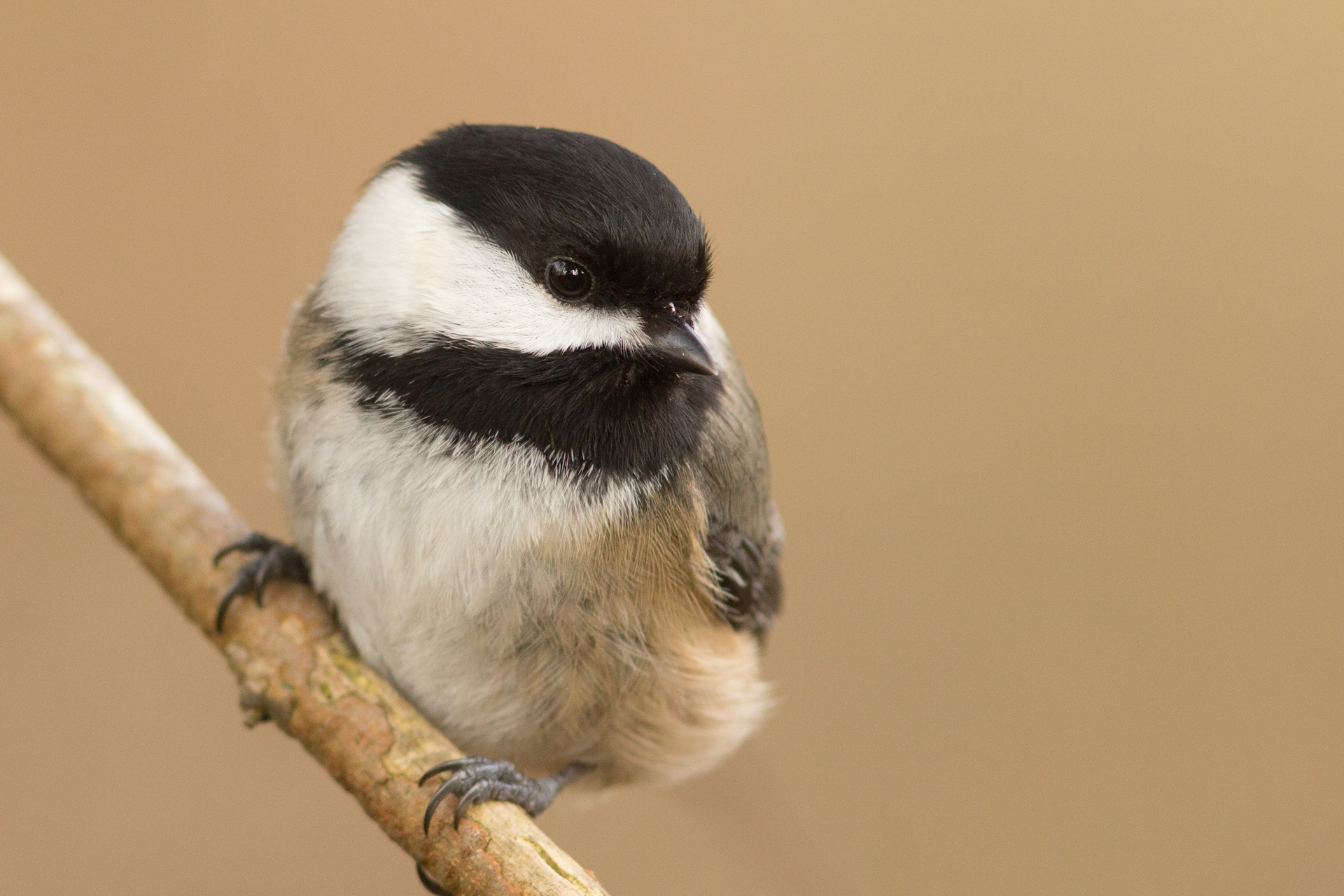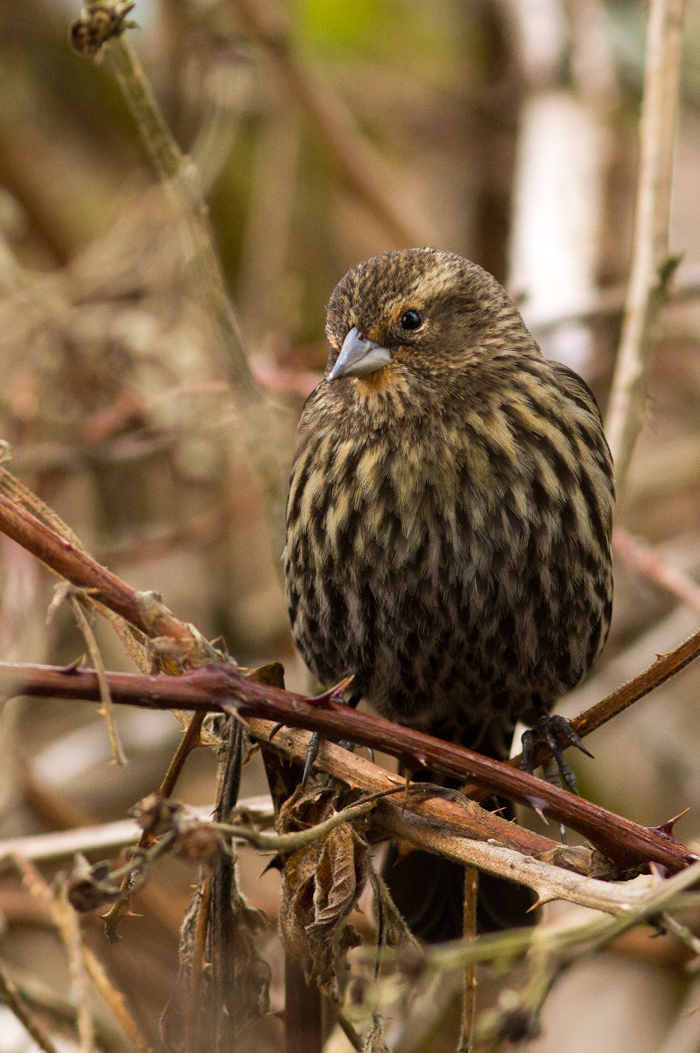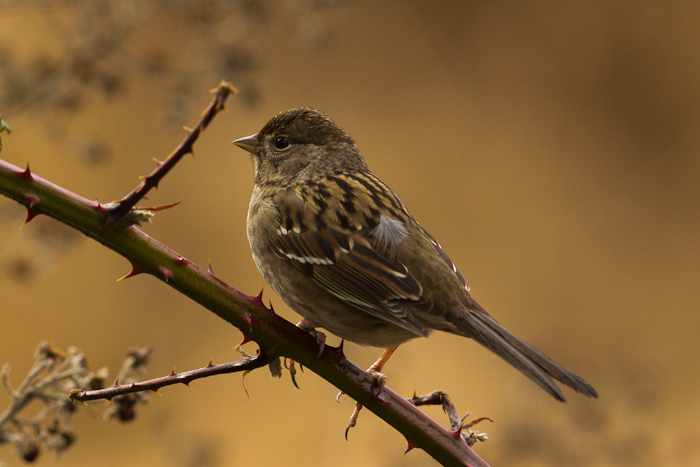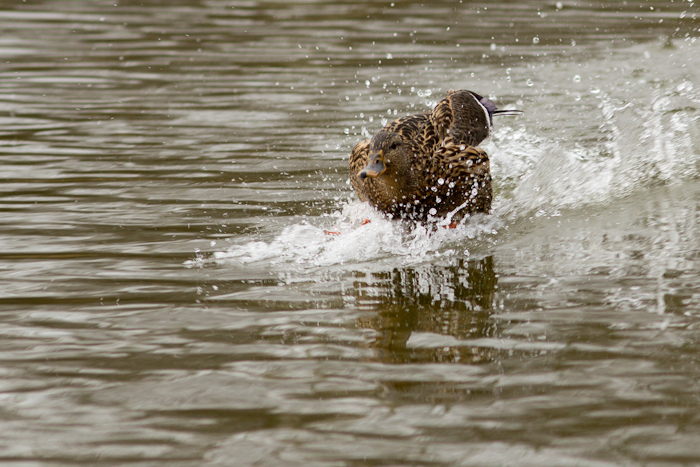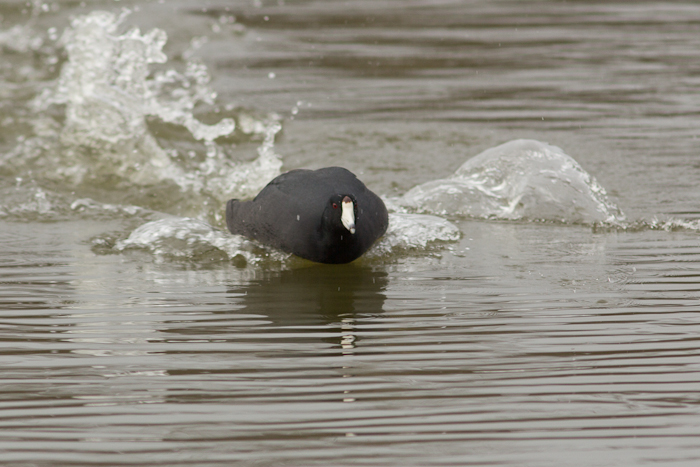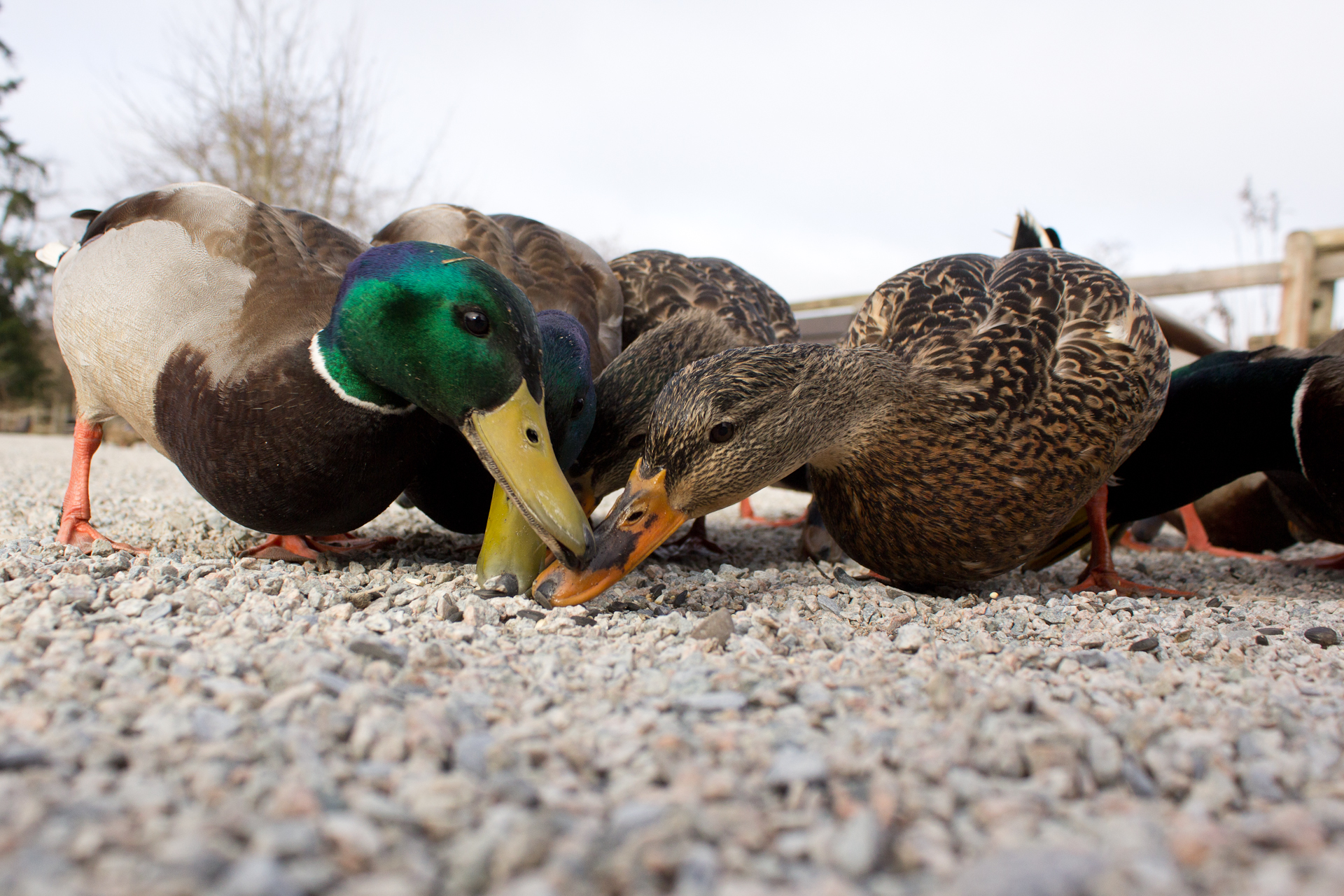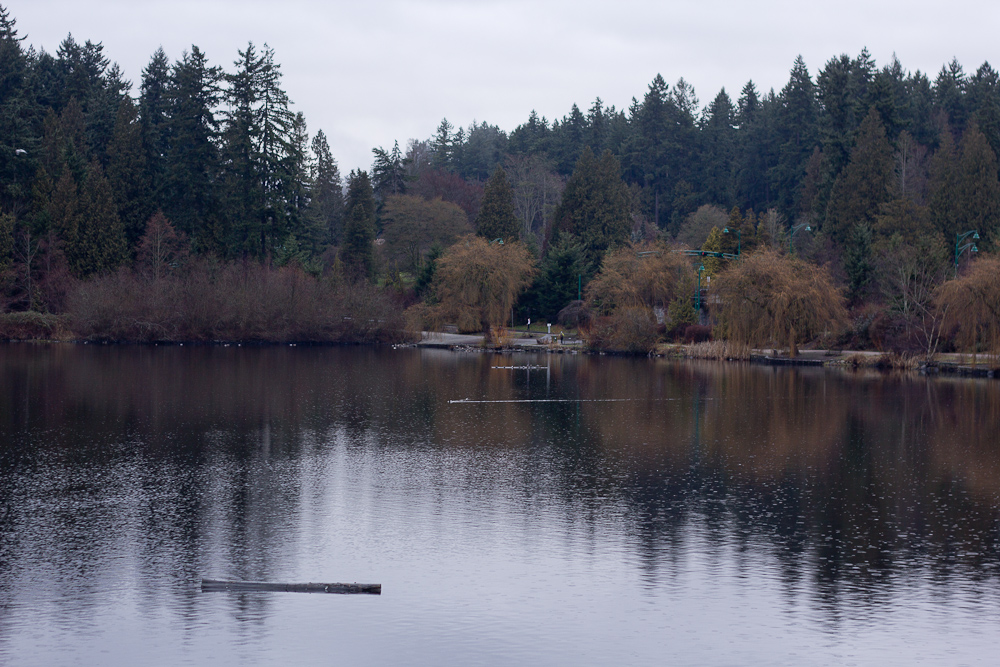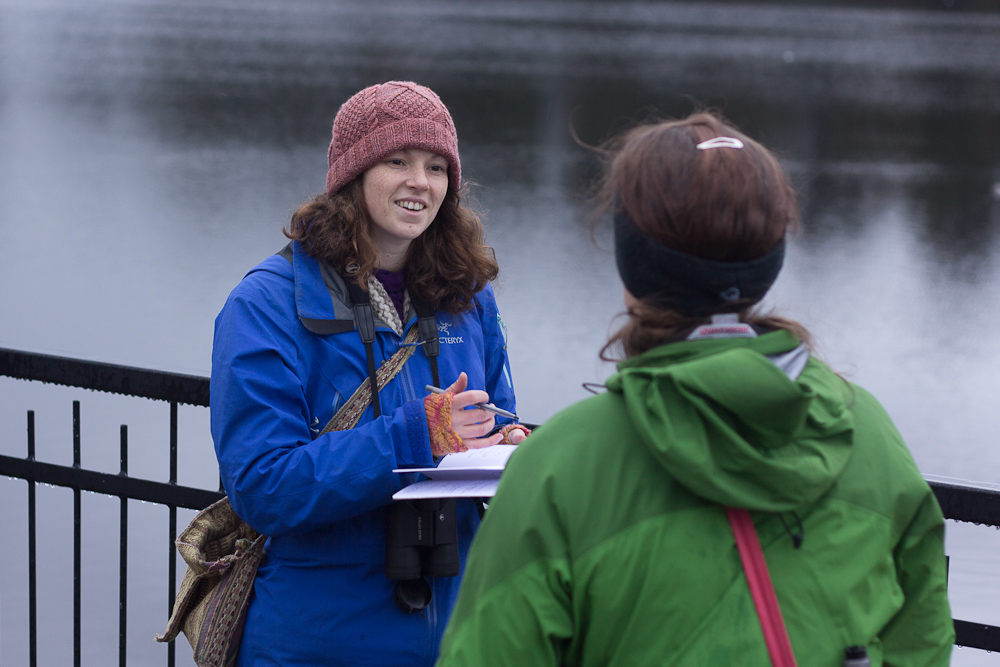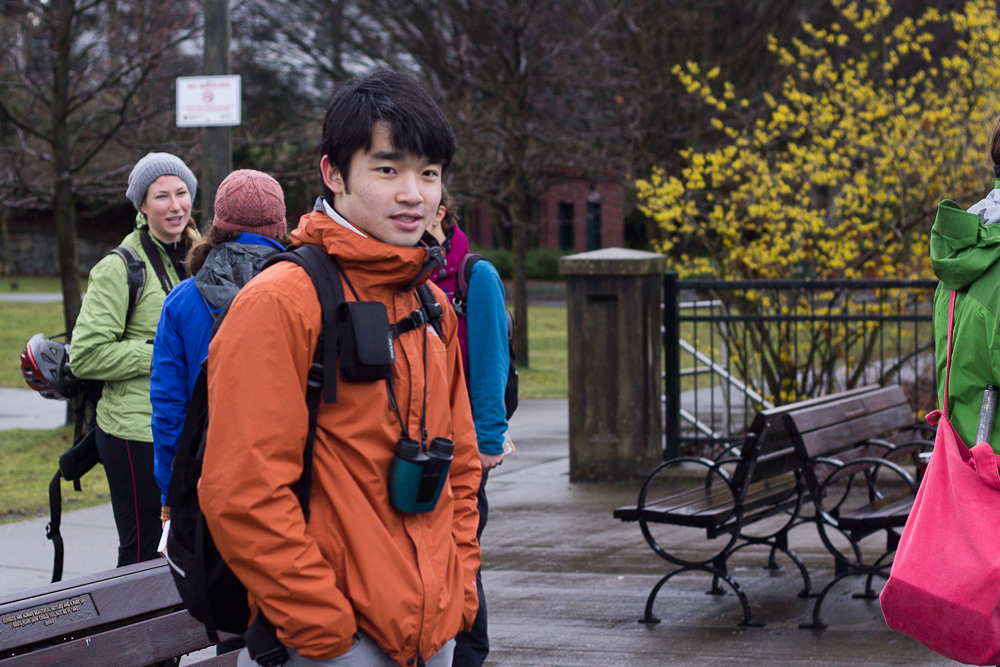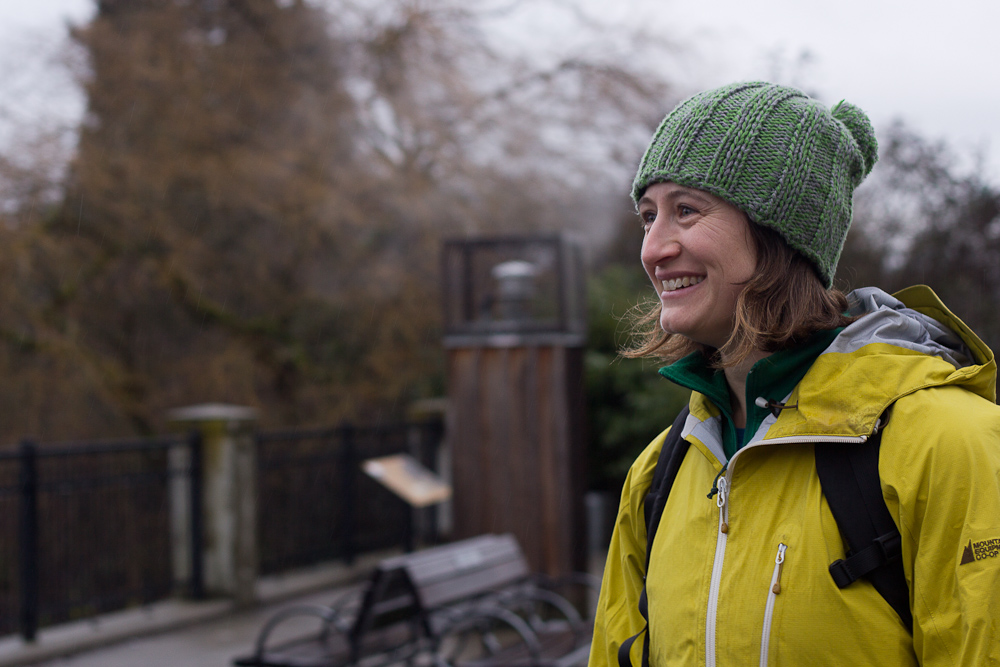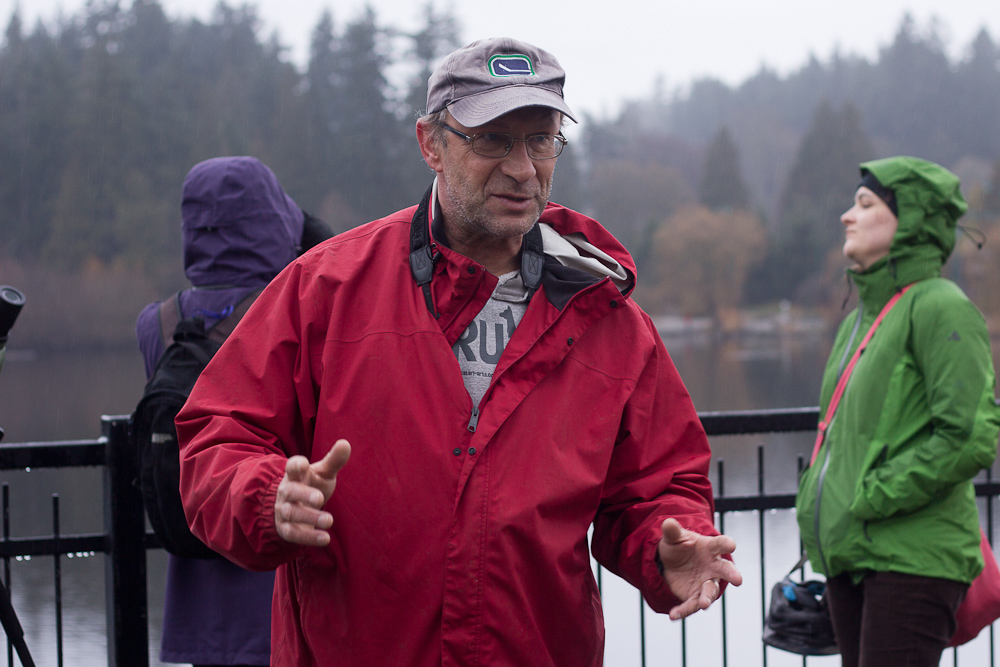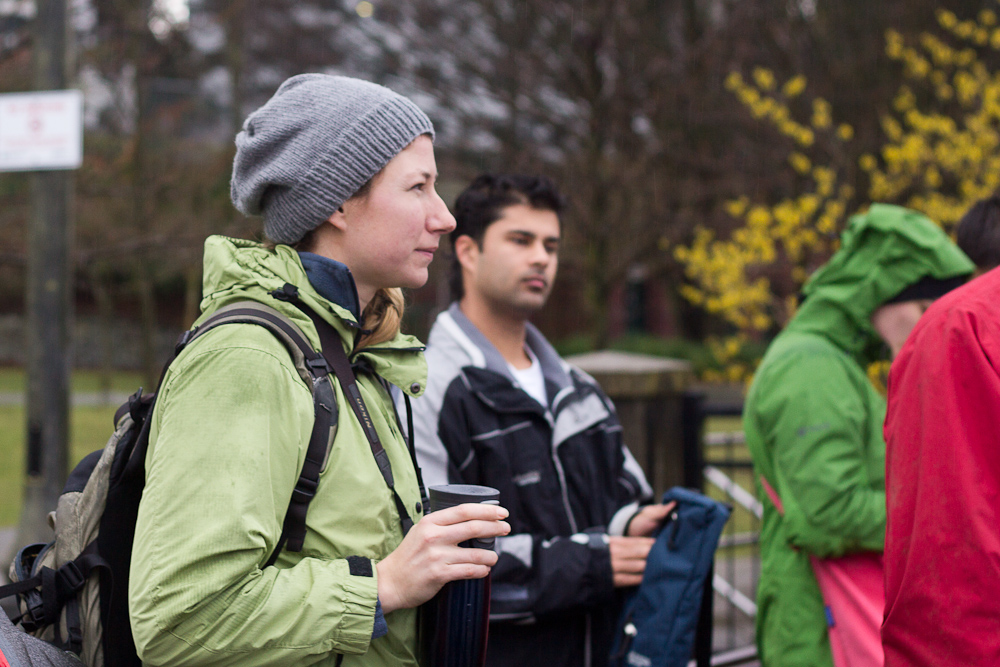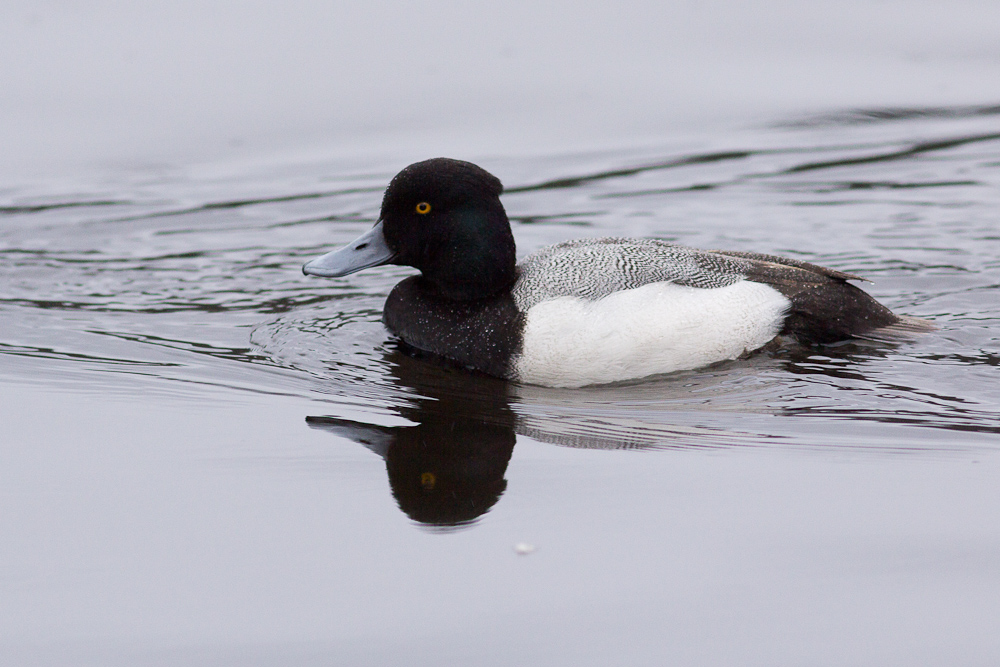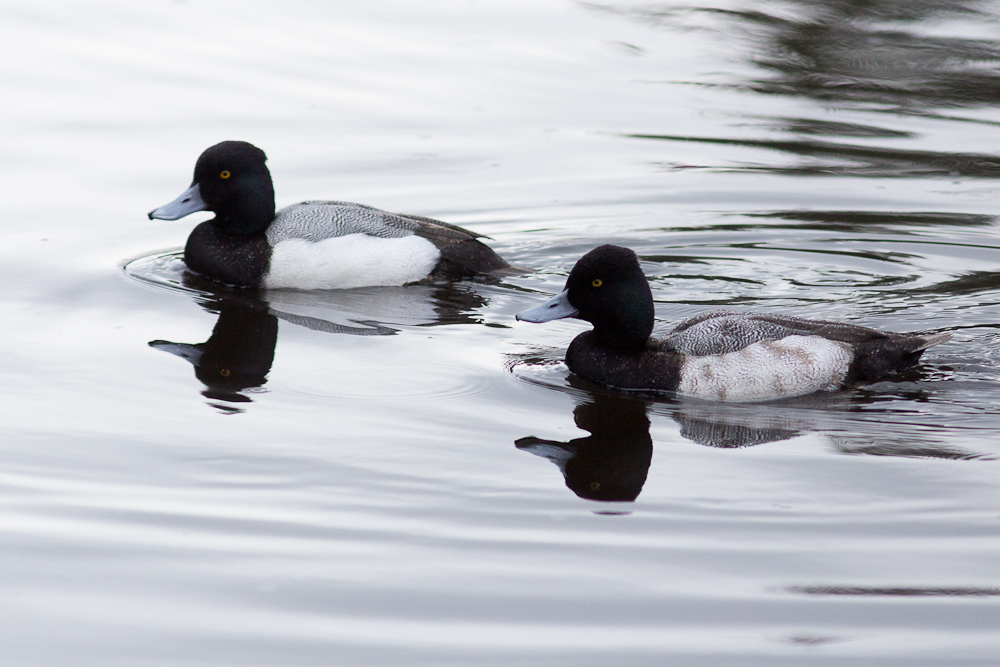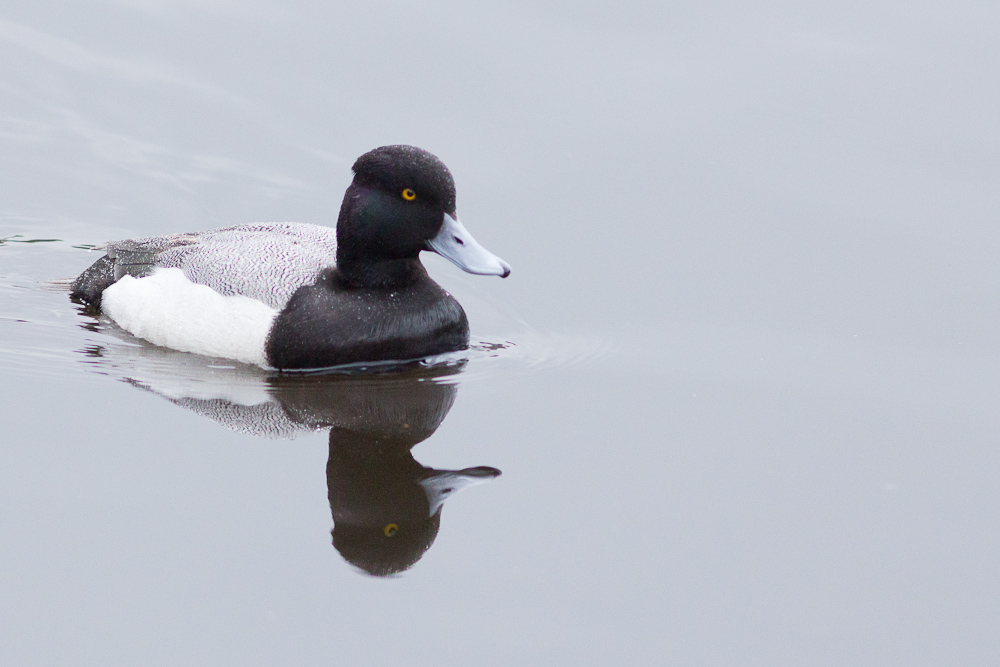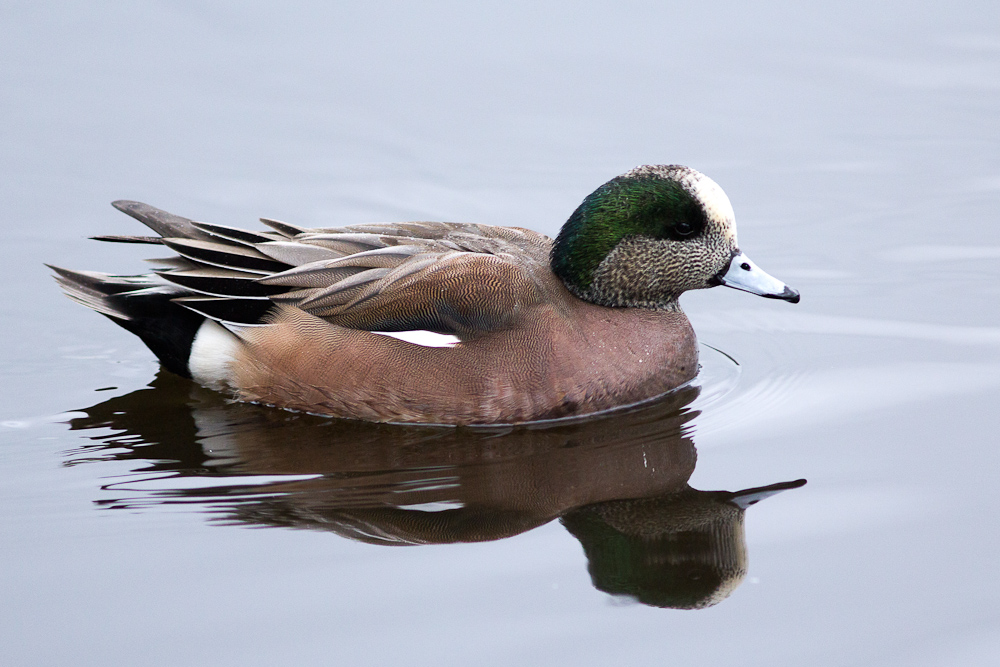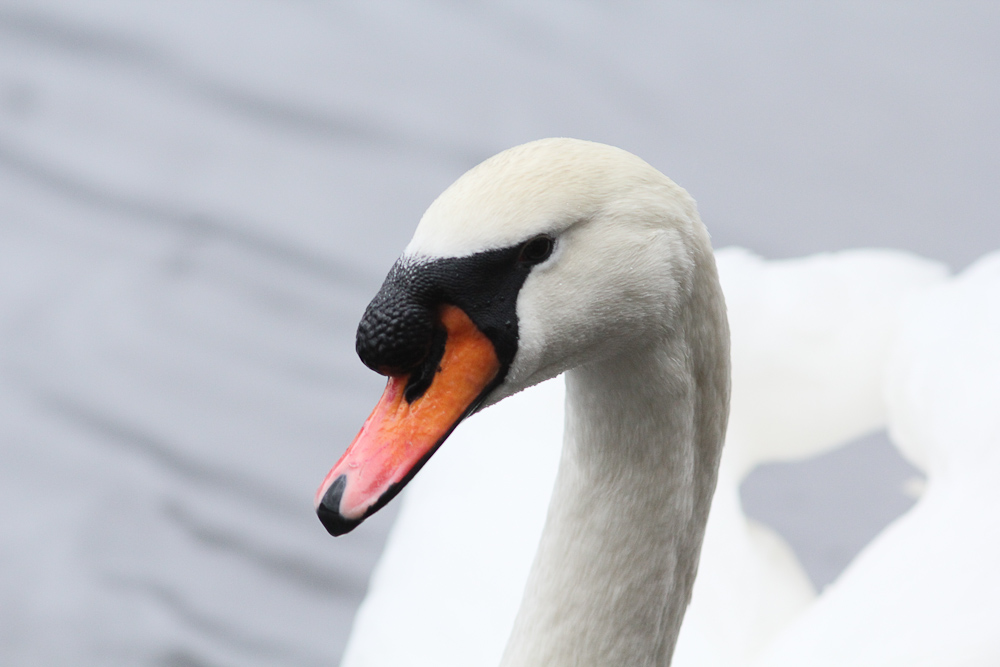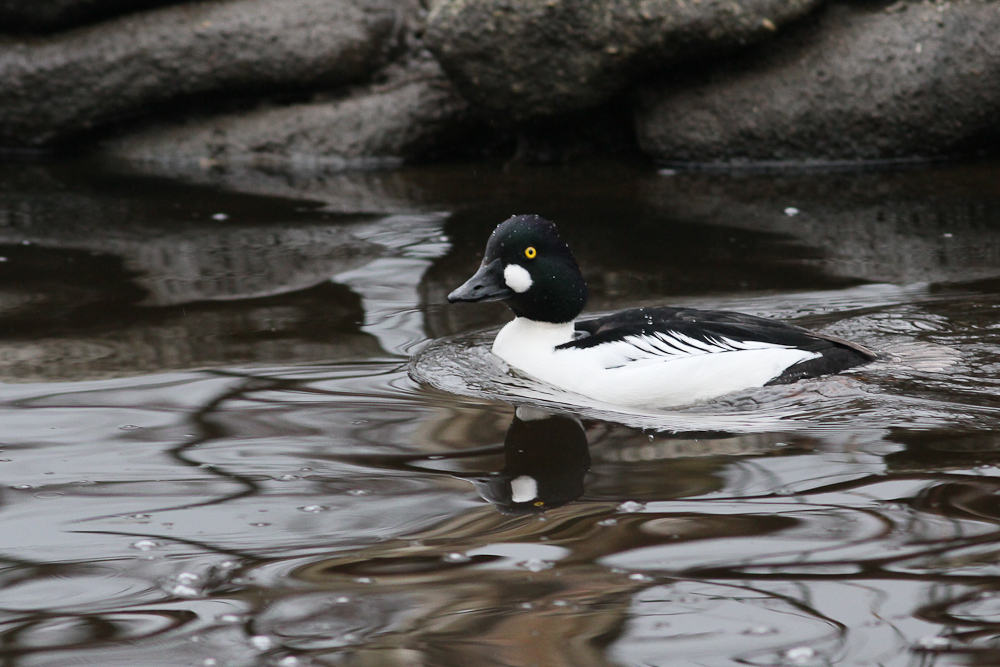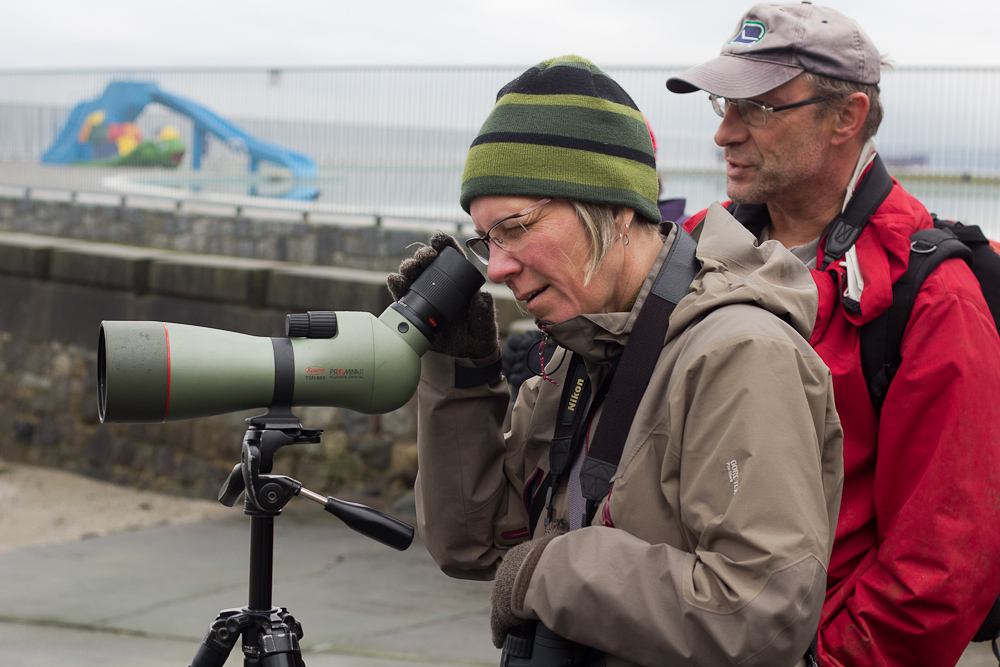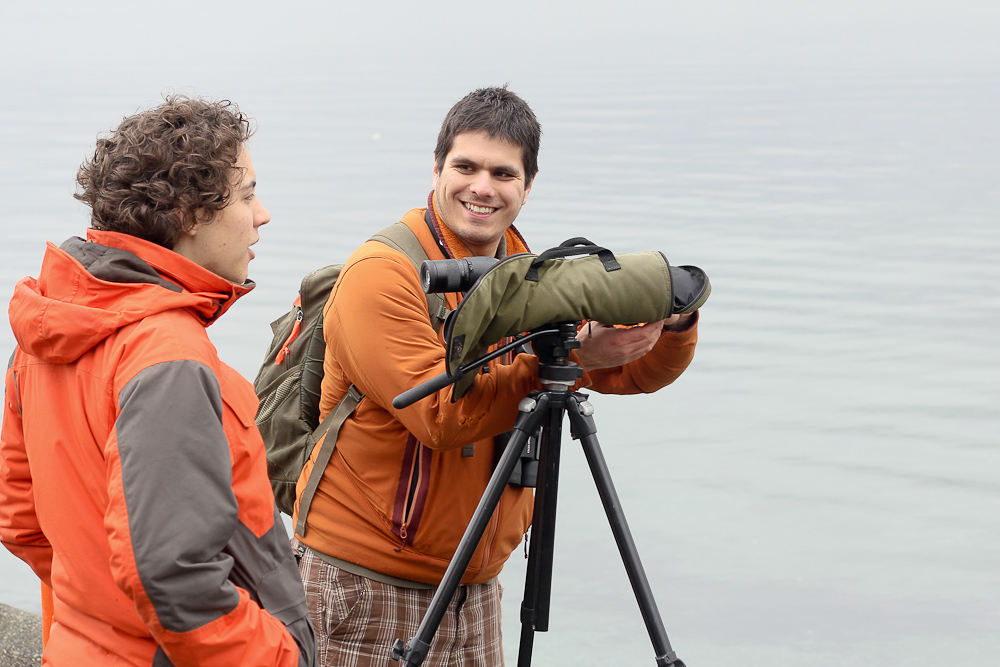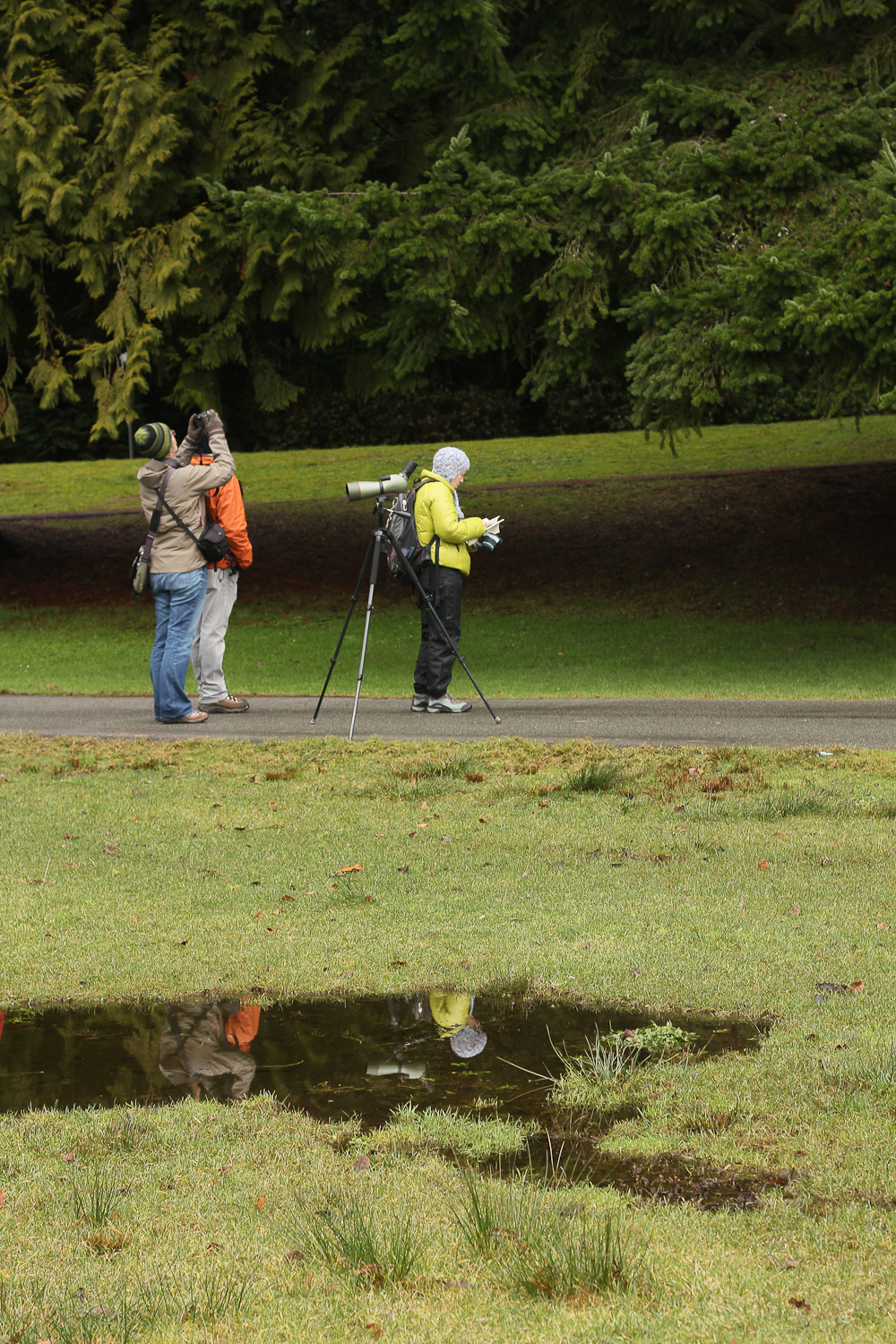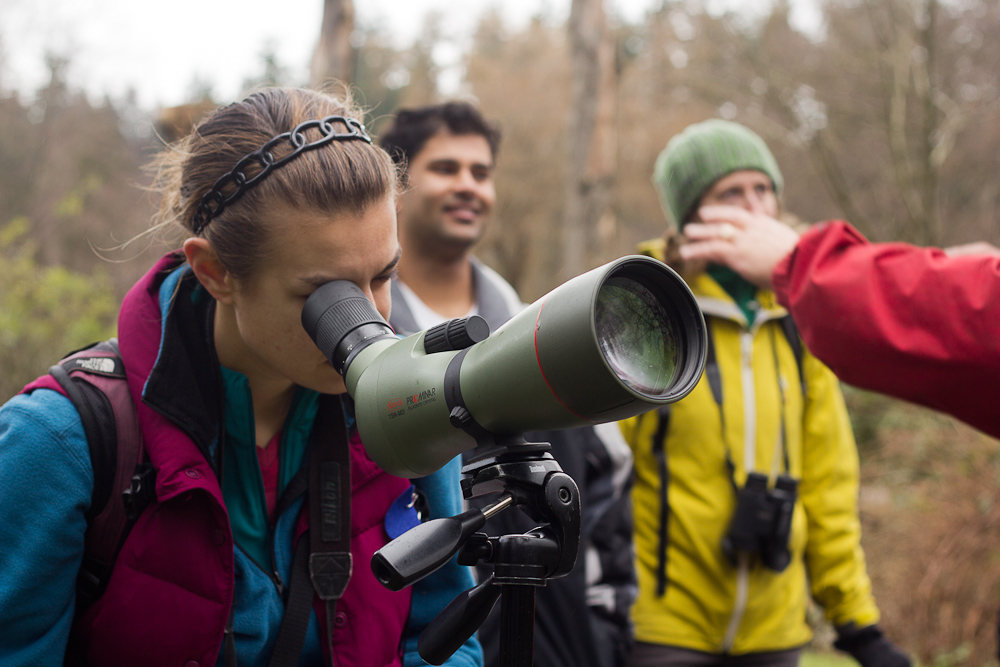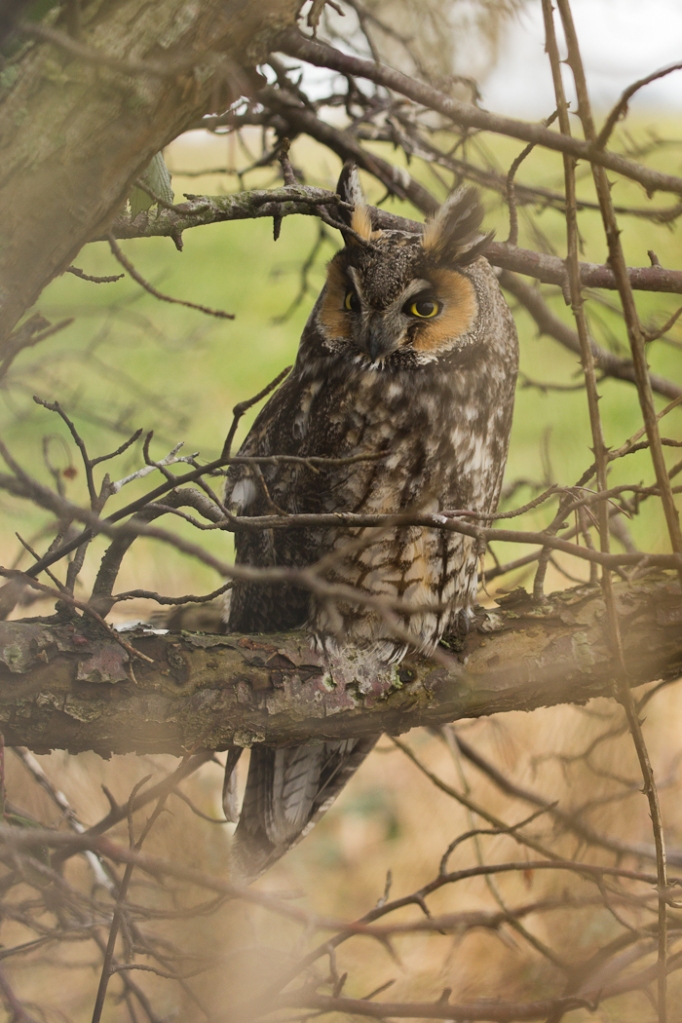
I think this is my most popular crow picture. I have shot hundreds of others, but this one particular inclination of the head seems to captivate people.
Many photographers struggle to find models, often paying lots of money to professional agencies or resorting to Model Mayhem to recruit on-camera talent. In Vancouver, I have found a huge selection of beautiful models who will work for peanuts. Literally.
One of my favorite activities in bird photography is to assemble a group of hungry crows in order to hone my camera technique and practice my timing Crows are photographically challenging due to their dark tones, but repeated efforts will yield nice results. These abundant city crows are used to scavenging human refuse and soliciting handouts, so feeding them does not risk altering their survival skillset.
They will approach closely, so shooting them with a 50 mm lens is definitely doable.
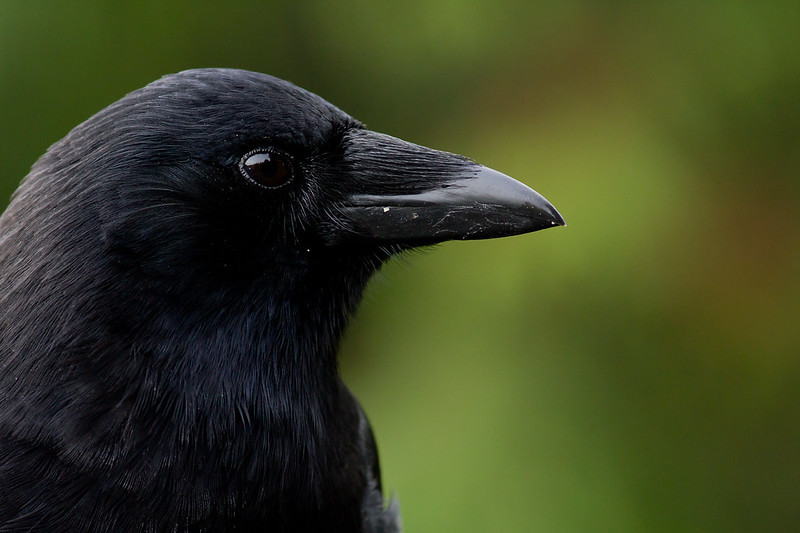
Contrasting the dark detailed plumage with saturated creamy backgrounds makes for a great portrait. Longer focal lengths are usually needed for this.

What I love especially about these birds is their curiosity and mannerisms that call to mind their intelligence.
In the Vancouver area, there is a high abundance of crows, who (when not rearing young) fly into the city at dawn from huge communal roost sites in Burnaby.

These birds are headed from Coquitlam into Burnaby for the evening . The daily migration gathers birds from all around the area.
Because they are such willing subjects, I can experiment with different lighting styles, even overused hipster clichés.
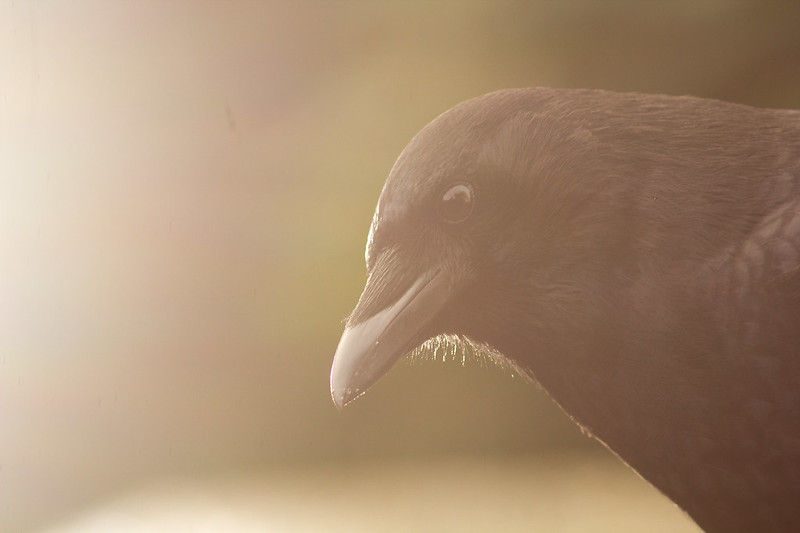
lens flare and loss of contrast due to light source close to the subject. A no no or an interesting effect?

What I find most intriguing is how individual birds look so different from one another. In this shot, the preening crow looks almost raven-like.
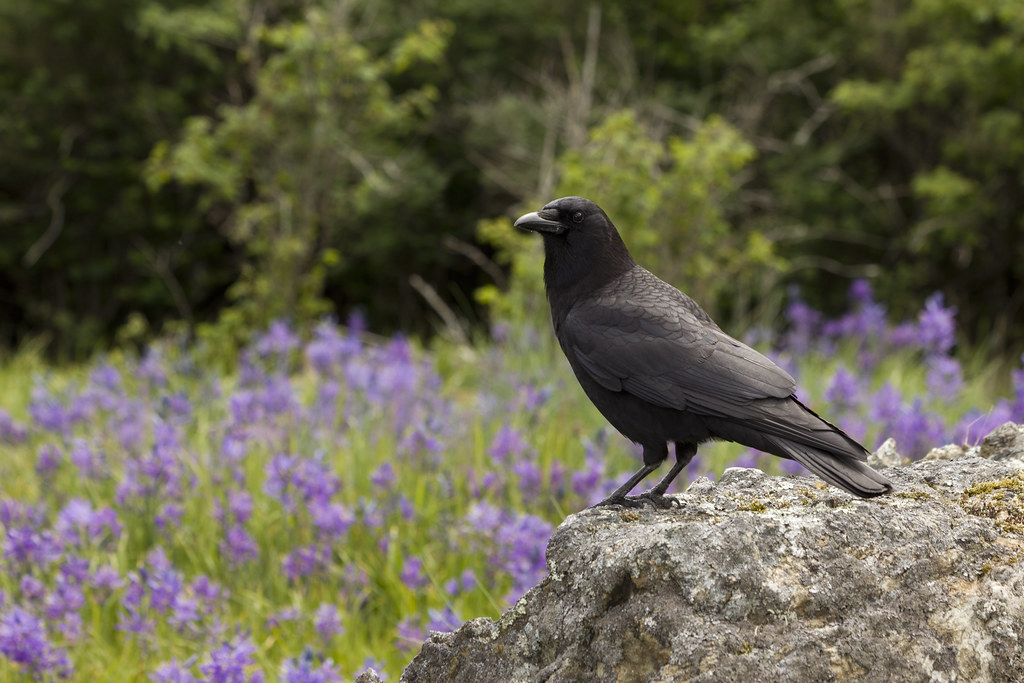
I can show context or isolate. This was shot in Victoria in the spring, with blooming camas in a Garry Oak meadow.
One of the best things about working with an urban social species is that they go about most parts of their lives in front of humans, so they do not alter their behavior because of fear. So I try to catch natural behavior as well, such as calling, anting, foraging, playing, and allopreening.
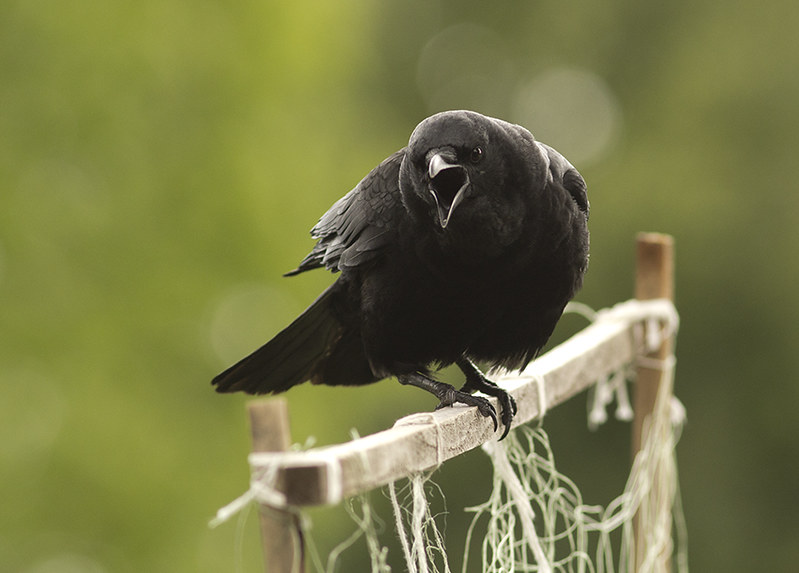
During nesting season, the crows get a bit more reluctant to share their space with us.
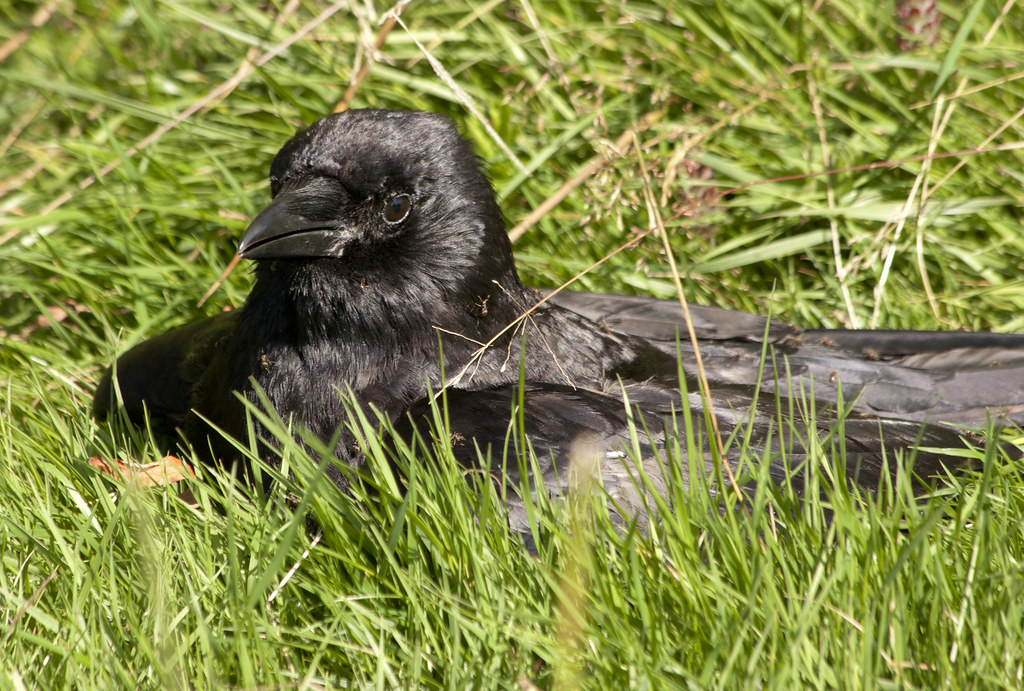
Anting looks so satisfying! (it is likely to repel or kill ectoparasites)
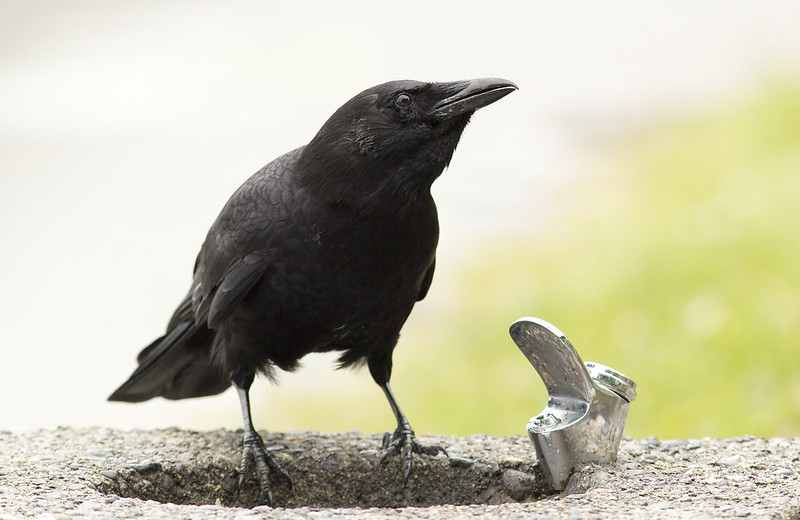
Get your fresh water where you can.

Crow love. Allopreening (mutual grooming) is common in pair bonding birds. It probably arises in other situations also.

The red gape of this begging juvenile will disappear and become black like an adult. Also note the brownish tone of the juvenal countour feathers.

Another juvenile crow, this one learning how to forage on shellfish.
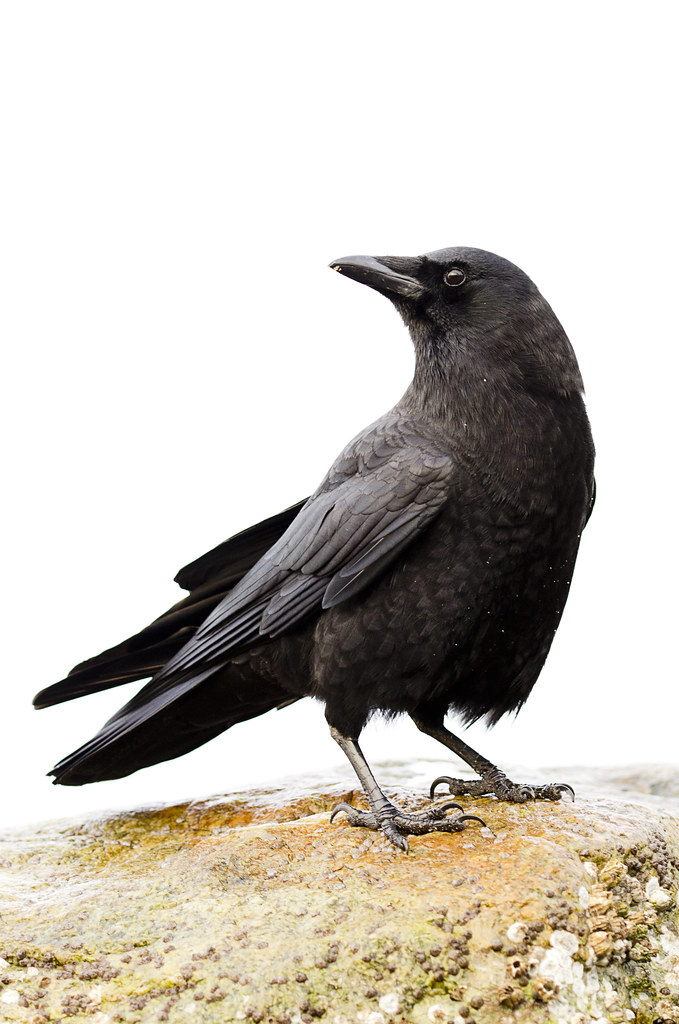
This was an attempt to shoot a “Meet Your Neighbours” style shot
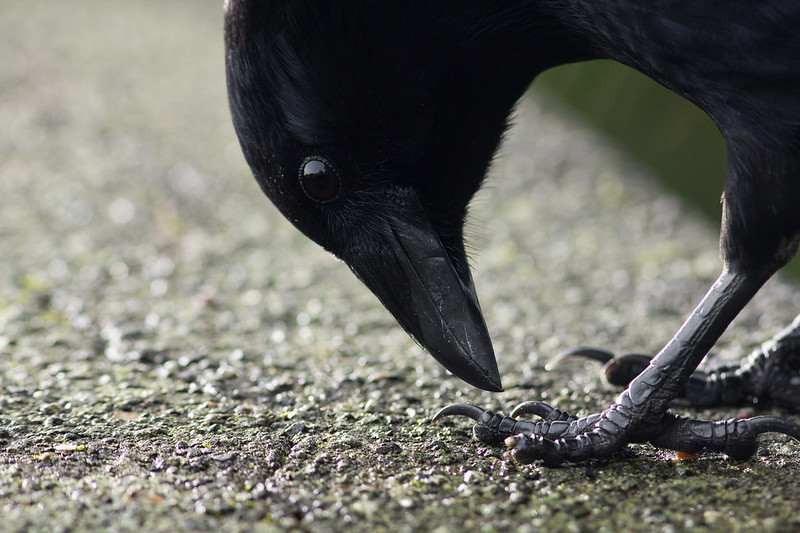
Many many interesting moments can be had in rapid succession with a group of crows in attendance.
All in all, I think the crow makes a worthy model for future photographic study. I keep returning to them for inspiration and practice. There are so many more behaviors, looks and moods I would like to document. When nothing else is going well, a photo session with crows can always boost my morale and stir my imagination.
What kind of familiar subjects do you return to?

Go out and try some crow photography, or shoot whatever is your local equivalent. You may find that you return again and again for inspiration.





![The penny cyclopædia [ed. by G. Long].](http://ibycter.files.wordpress.com/2013/02/the_penny_cyclopc3a6dia_ed_by_g_long-176.jpg?w=569)
